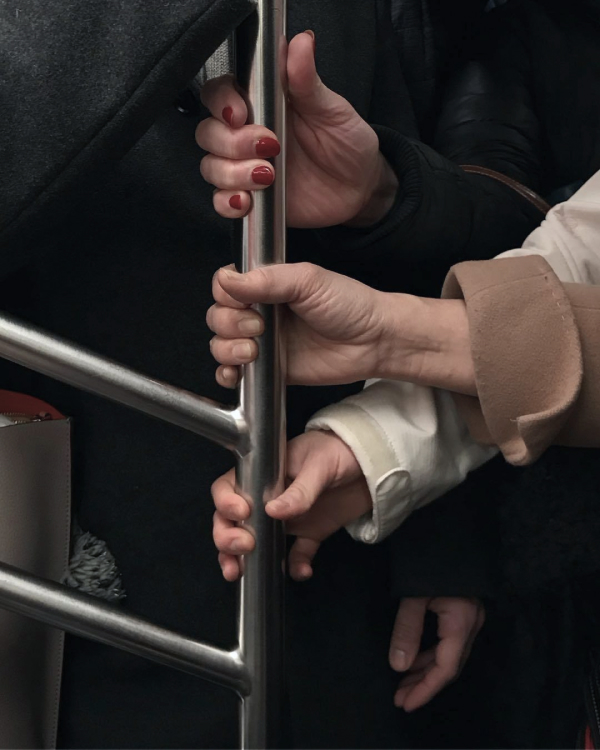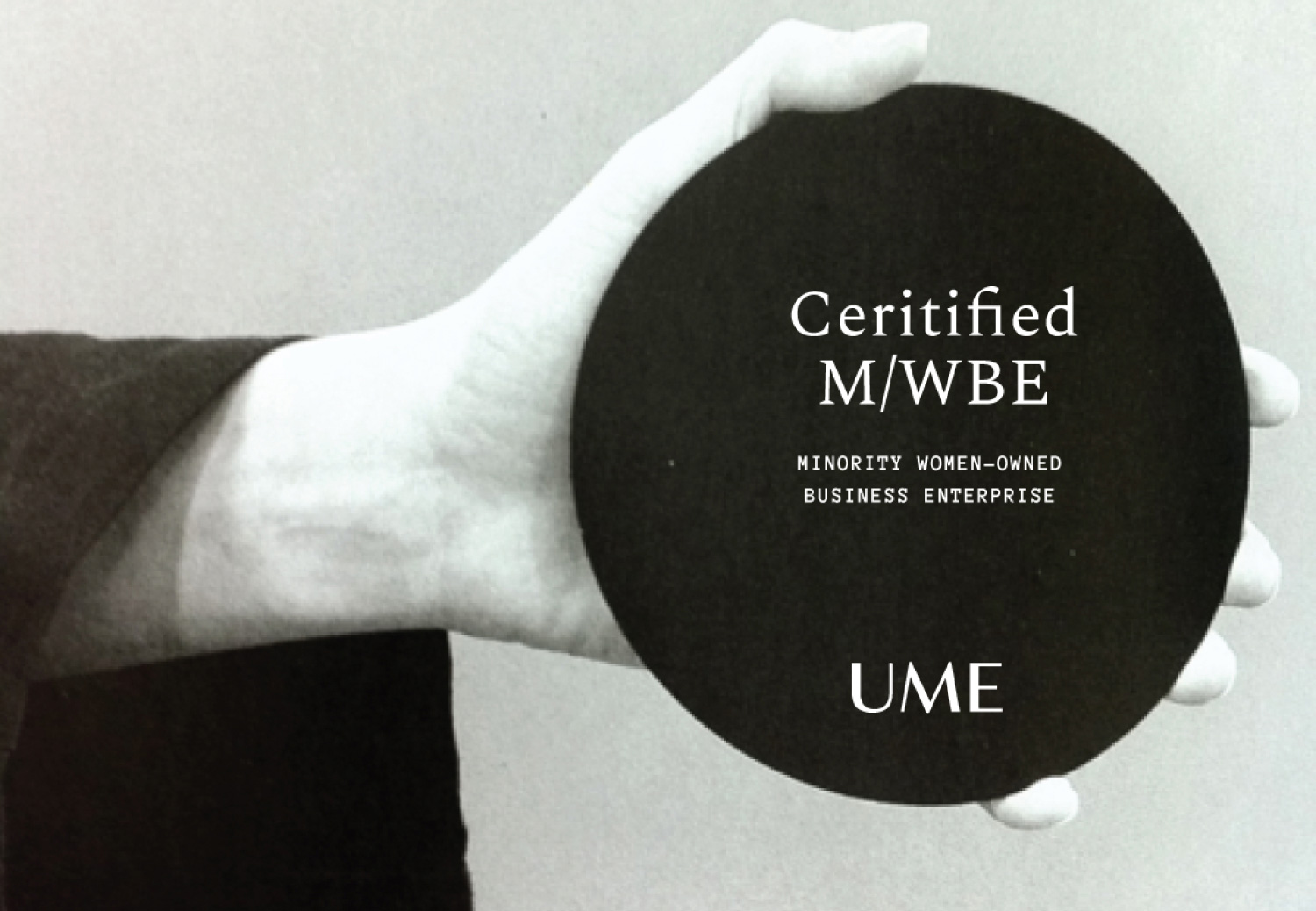Collectives Are The Future Of Work: Meet The Antidote To The Great Resignation
Jee Chang is the Founder and Leadership Director of UME, an inside-out design consultancy working with innovators to build the new economy.
Recently, we’ve seen traditional ways of working fail employees and lead to persistent burnout, low morale and turnover. Gallup’s "State of the Global Workplace: 2022 Report" reveals that 58% of employees (download required) are regularly stressed about their current job, and 71% of Americans believe it’s an opportune time to search for new jobs.
To better meet employee needs and improve retention until the Great Resignation ends, companies have already started implementing meaningful changes to their work culture. From Airbnb announcing its new remote work policy to unions rising in popularity, it’s clear that people are demanding freedoms that traditional work environments have suppressed. Across industries, the refrain is resounding: Out with the old, and in with the new.
Collectives are the future of work.
Part of launching my own consultancy was the belief that I could help evolve the agency model to maximize autonomy, innovation and impact. In order for people to be creative, they have to feel inspired and have a sense of ownership over their work—qualities notably lacking in traditional environments.
The collective model disrupts the status quo, honoring creatives and giving them the autonomy they need to produce the kind of transformational work the world needs now more than ever. I firmly and wholeheartedly believe that collectives are the future of work. Here are a few reasons why.
For workers, the collective model attracts top talent and accelerates innovation.
Traditional models are based on the concept of owning people’s time. As a result, many professionals don’t have the bandwidth to recharge or the permission to explore their creativity outside the company. Since work is often assigned without their input, they may feel like they don’t have the power to participate in projects that align with their interests and purpose.
But just like fire requires oxygen, creativity requires space, flexibility and freedom. So let go of the notion that you own people’s time. Instead, embrace the fact that knowledge workers are actually motivated by autonomy. Empower them to set their own schedules and respect them enough to prioritize mutual consent.
Instead of trying to extract all of your team’s potency, encourage them to lean into the client projects that excite them and lean out to recharge as they see fit—whether that means exposing themselves to different places, cultures and artists or pursuing other tangential yet valuable experiences outside of your business. I think you’ll find you actually get more in return.
Putting choice back into creatives’ hands means they can take full ownership of the work they produce. When you prioritize respect and autonomy, it’s easy for talent to see the appeal and, in turn, deliver amazing work for clients.

For clients, the collective model can deliver exceptional results.
The collective model isn’t just appealing to team members, it’s also a boon to clients. From regenerative agriculture to decentralized blockchain, organizations come with complex challenges and ambitious goals. They need an innovative team to meet them where they are and deliver transformation results. Due to the inherent benefits, collectives can attract top talent from around the world and uniquely assemble more diverse, capable and enthusiastic teams designed with specific clients and projects in mind.
In the traditional model, the client is always right, which makes it difficult for consultants to share hard truths and recommend the tough-love solutions that clients actually need. On the flip side, the collective model prioritizes honest communication and equitable client-consultant partnerships. That means you’re there alongside clients to build the highs and share the lows. It also means you are willing to have tough conversations about how transformation really works for brands and organizations—telling clients what they need to hear, not what they want to hear.
Beyond your professional experience and intellectual understanding, consultants who work with vanguard organizations should also bring something invaluable to the table: firsthand experience. Embracing innovation within your own collective enables you to approach innovative clients with deeper empathy and more tailored solutions because your team understands the importance and the challenge of embracing a growth mindset, bucking norms and doing things differently.
For businesses, the collective model offers flexibility and fosters resiliency.
I believe putting people—both creatives and clients—first is the secret to building a more equitable, resilient and relevant organization. The pandemic was tough for many companies, yet I believe my company was able to make it through because of the benefits of the collective model and growth mindset that I have outlined above. Because we have always prioritized member autonomy, we’d already been working remotely for years. And that's just one example of how as a collective you can better support your clients and working members no matter what is thrown your way.
Change is inevitable: Seasons, markets and businesses all experience ebbs, flows and disruptions. However, in the midst of these fluctuations, the collective model has the potential to build organizational resilience by allowing you to confidently address emerging challenges, embrace change and adapt to new realities.
I believe collectives will play a major role in shaping the next decade, and I invite you to take inspiration from this new model to bring your organization into a more respectful, productive and innovative future.
--
Originally published at https://www.forbes.com. Forbes Business Council is the foremost growth and networking organization for business owners and leaders.







